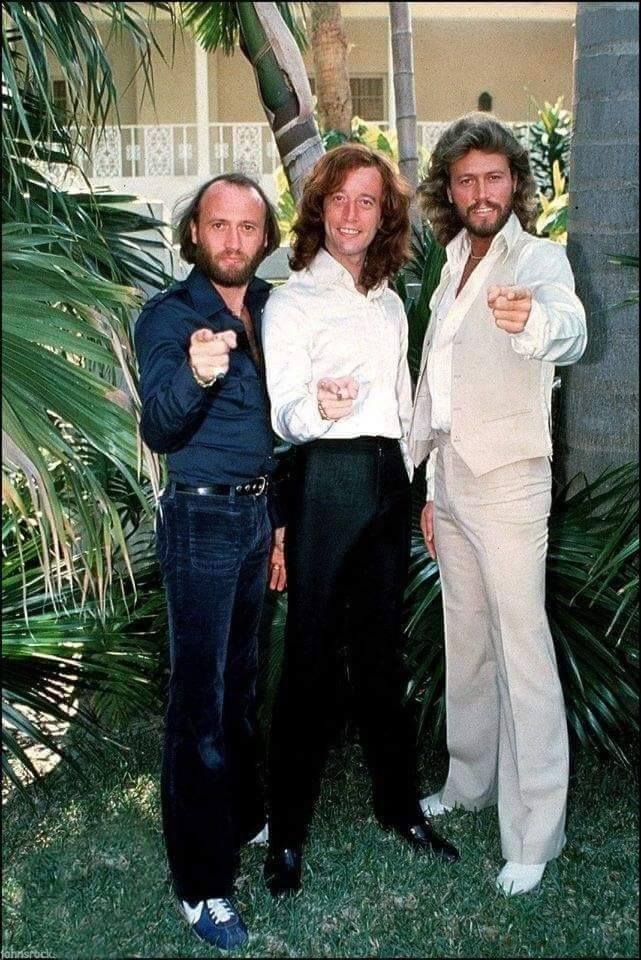
Introduction
“Lonely Days,” released in 1970, marked a turning point for the Bee Gees. Having established themselves as a successful pop group in the mid-60s with hits like “To Love Somebody” and “Massachusetts,” the brothers Gibb – Barry, Robin, and Maurice – were seeking a new artistic direction. The music scene was shifting towards a more introspective and rock-oriented sound, and the Bee Gees, eager to evolve, embraced this change.
“Lonely Days” emerged from this period of artistic exploration. Written by Barry and Robin Gibb, the song showcases a mellower and more mature sound compared to their earlier work. The signature falsetto vocals, however, remain, blending seamlessly with the melancholic melody and introspective lyrics.
The song’s theme of loneliness resonated deeply with audiences. The lyrics paint a picture of emotional isolation and longing, portraying a yearning for connection and a sense of lost love. This relatable theme, coupled with the band’s evolving sound, propelled “Lonely Days” to become the Bee Gees’ first Top Five hit in the US, reaching number three on the Billboard Hot 100.
“Lonely Days” not only marked a successful shift in the Bee Gees’ musical direction, but also paved the way for their future ventures into the disco genre that would define them in the latter half of the 70s. However, in this melancholic ballad, the Bee Gees offer a timeless exploration of loneliness and longing, solidifying their place as pop music innovators and storytellers.
This introduction provides historical context, highlights the song’s significance within the band’s career, and briefly touches on the themes and musical style. With this information, you can now fully appreciate “Lonely Days” and its lasting impact on the music scene.

